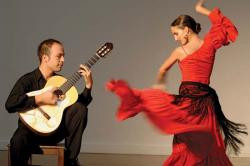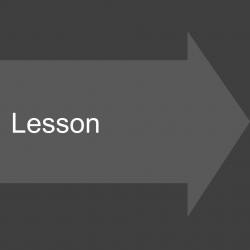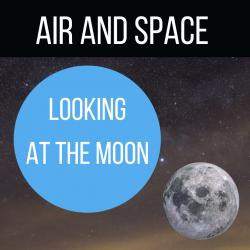Smithsonian Early Enrichment Center
Nestled in the nation’s capital in the richest museum complex in the world is the Smithsonian Early Enrichment Center, a model early childhood program that places children at the center of every experience. SEEC utilizes an emergent curriculum, following the children's interests to teach content and developmental skills through objects in the museums and community.
Smithsonian Early Enrichment Center's collections
Movement
<p>This collection uses Eric Carle's book <em>From Head to Toe </em>to explore how animals and people move. To talk about the book with your child, first read From Head to Toe together (or watch the video in the first box). Next, let your child look at the other animals on the webpage and decide what he/she wants to explore. Encourage conversation and exploration!</p>
<p>This collection was created by Smithsonian Early Enrichment Center faculty member. #SEECStories</p>
 Smithsonian Early Enrichment Center
Smithsonian Early Enrichment Center
27
Saturn V Rockets
<p>Objectives</p>
<ul><li> Learn that astronauts took rocket ships (Saturn V) to the moon </li><li> Pretend to be on the moon</li><li> Imagine being in a place that is different from earth</li></ul><p></p>
 Smithsonian Early Enrichment Center
Smithsonian Early Enrichment Center
24
Flamenco
<p>An introduction to the basics of Flamenco music and dance.</p>
<p>#SmithsonianMusic<br /></p><p>This collection was created by Smithsonian Early Enrichment Center faculty member. #SEECStories<br /></p>
 Smithsonian Early Enrichment Center
Smithsonian Early Enrichment Center
10
Looking at the Moon
<p><em>Talk with Me!</em></p>
<p>Having conversations with young children contributes to their thinking and language development. All conversations are good, but research shows that the quality of words children hear matters more than the quantity. Further, what’s best is an exchange; in other words, talk with children, not at them.</p>
<p>The Talk with Me Toolkits give parents and caregivers thematically organized high-quality, authentic materials to make children their conversational partners in discussions that matter. Each online toolkit features captivating videos and real-world photographs, as well as intriguing paintings and other artworks to observe and discuss through conversation prompts. Hands-on activities and books complete each toolkit. Simple instructions appear right in the toolkits, so you can jump right in. See what interests your child and get started. There’s a lot to talk about!</p>
<p>To read more, see, from the Harvard Graduate School of Education’s Usable Knowledge site, <a href="https://www.gse.harvard.edu/uk/author/bari-walsh/517480" target="_blank">The Brain-Changing Power of Conversation</a>.</p><p><br /></p>
 Smithsonian Early Enrichment Center
Smithsonian Early Enrichment Center
19






